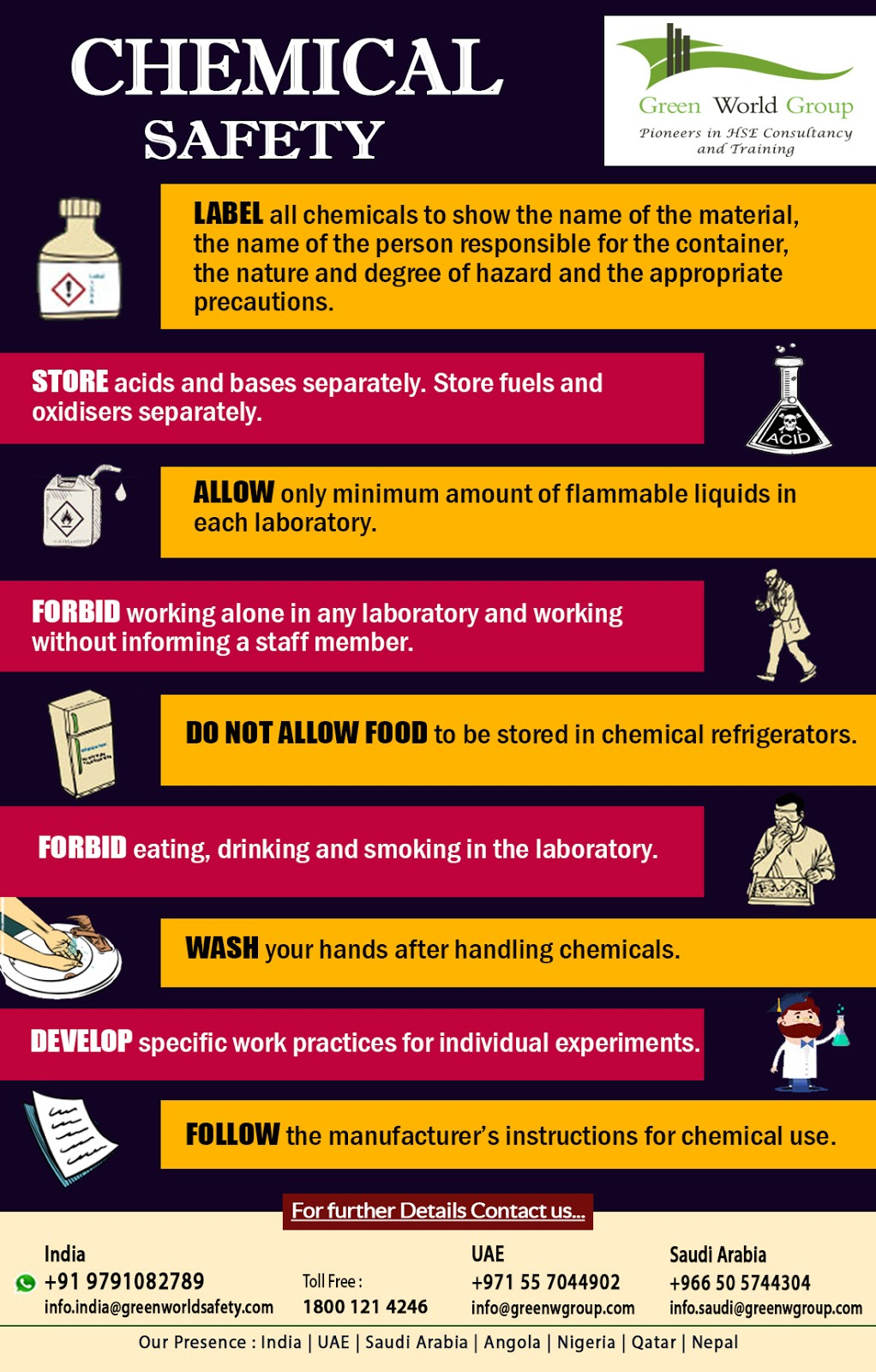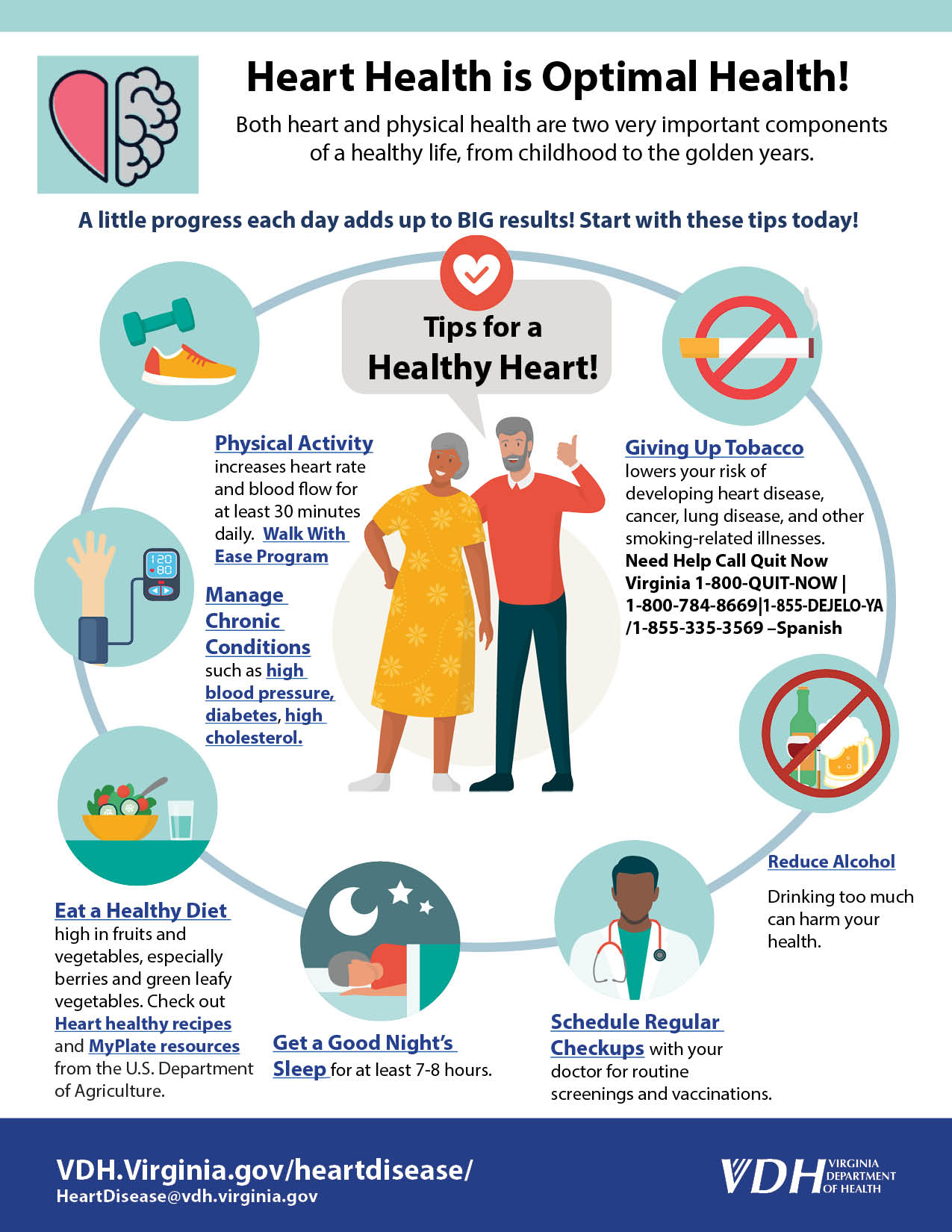Industrial chemical safety is a critical concern in today’s manufacturing and production environments, where the potential for exposure to harmful substances can have detrimental effects on human and environmental health. With thousands of different chemicals utilized in everyday products, understanding the risks associated with these substances is essential for protecting both consumers and the ecosystem. Effective chemical hazard assessments can inform safe practices and help companies achieve safe product certification, contributing to a more sustainable future. Additionally, insights from toxicology data play an essential role in minimizing hazards within the supply chain, ensuring that the chemicals used are thoroughly vetted and deemed safe. By prioritizing industrial chemical safety, businesses can not only comply with regulations but also foster a culture of health and safety that benefits all stakeholders involved.
The importance of ensuring safe handling and utilization of industrial chemicals cannot be overstated, especially as it pertains to the well-being of both individuals and our environment. Terms like chemical risk management and hazardous materials control resonate with the ongoing conversations about the impact of toxic substances in various products we encounter daily. As industries move towards sustainable practices, the integration of thorough chemical evaluations becomes vital for enhancing environmental health and community safety. Understanding the principles of chemical safety not only aids in safeguarding public health but also assists organizations in navigating the complexities surrounding supply chain chemicals. Ultimately, a commitment to stringent safety protocols ensures that companies can confidently deliver safer, healthier products to consumers, fostering trust and accountability within the marketplace.
The Importance of Chemical Hazard Assessments in Industrial Settings
Chemical hazard assessments (CHAs) play a crucial role in identifying the potential risks associated with the thousands of chemicals used in various industries. These assessments help companies understand how specific substances can impact both human health and environmental sustainability. By utilizing reliable toxicology data, companies can make informed decisions about the chemicals they introduce into their products, thus ensuring safer work environments and reducing health risks for consumers and employees alike. Effective hazard assessments not only protect individuals but also foster trust in brands that prioritize safety and environmental health.
In the context of industrial chemical safety, CHAs become indispensable. They serve as a benchmark for companies striving to meet safety compliance standards and effective product certifications. By having a comprehensive understanding of the chemicals in their supply chains, businesses can work collaboratively to minimize risks, promote the safe use of chemicals, and enhance overall product safety. The continuous evaluation and updating of these assessments also enable companies to adapt to regulatory changes and advancements in toxicology research.
Strategies for Promoting Environmental Health through Chemical Safety
To promote environmental health, businesses can adopt various strategies that emphasize chemical safety and risk management. One of these strategies includes conducting thorough chemical hazard assessments for all substances used in production. This process ensures that potential environmental hazards are identified early on, allowing companies to minimize their ecological footprint. Incorporating reliable safety data and adopting transparent practices can build stronger relationships with consumers who are increasingly concerned about the origins of the products they purchase.
Another effective strategy involves collaborating with organizations like ChemFORWARD, which provide extensive databases of chemical hazard assessments. By leveraging such resources, companies can access critical information about the environmental impact of their supply chain chemicals. This collaborative approach extends beyond individual organizations, helping to create a network of businesses committed to improving industry standards for environmental health. Ultimately, enhancing chemical safety will not only protect ecosystems but also foster a sustainable market that values the health of both people and the planet.
Understanding Toxicology Data: Key to Safer Chemicals
Toxicology data is fundamental in assessing the safety of chemicals used in everyday products. By understanding the effects of these substances on human health and the environment, companies can make informed choices about the chemicals they include in their products. Research in toxicology reveals essential information regarding aspects such as carcinogenicity, reproductive toxicity, and other health endpoints, enabling manufacturers to eliminate the most hazardous substances from their products. This focus on comprehensive toxicology data ultimately leads to safer alternatives being used in the marketplace.
Additionally, the integration of toxicology data with chemical hazard assessments significantly enhances product safety. Organizations like ChemFORWARD help consolidate this data, allowing companies to understand the implications of their chemical choices more effectively. By applying this knowledge, businesses can achieve not only regulatory compliance but also align their practices with consumer expectations for safer, environmentally friendly products. As awareness about toxic substances grows, the importance of utilizing robust toxicology data will only continue to increase.
The Role of Supply Chain Chemicals in Product Safety
Supply chain chemicals are critical components in the manufacturing process, yet they often pose significant risks to product safety and environmental health. Companies are becoming increasingly aware of the need to vet these substances thoroughly before incorporating them into their products. By conducting comprehensive investigations into supply chain chemicals, organizations can mitigate potential hazards and ensure that the products they offer are safe for consumption. This awareness not only benefits consumers but also enhances a company’s reputation in a marketplace that values transparency.
Moreover, the coordination among industry partners becomes essential in achieving overall product safety. Collaborations aimed at sharing information about supply chain chemicals can lead to more informed decisions across the board. Platforms like ChemFORWARD play a pivotal role in this process by providing timely access to verified chemical hazard assessments, fostering a culture of collaborative safety initiatives. Ultimately, addressing the implications of supply chain chemicals is key to developing products that align with stringent safety standards and consumer expectations.
Achieving Safe Product Certification through Chemical Transparency
Safe product certification is increasingly becoming a critical benchmark for consumers seeking assurance regarding the safety of their purchases. For manufacturers, obtaining certifications hinges upon the transparency of the chemicals utilized in their products. Companies must conduct rigorous chemical hazard assessments to guarantee that all substances meet safety guidelines and do not pose risks to human health or the environment. This transparent approach not only satisfies regulatory requirements but also builds consumer confidence.
To achieve safe product certification, businesses can leverage databases that provide access to comprehensive toxicology data and verified assessments. Organizations like ChemFORWARD offer the necessary resources for companies to better understand the chemicals they use, thus facilitating a smoother certification process. As a result, certified products can not only meet market demands but also establish a reputation for safety and reliability, encouraging a shift towards sustainable practices within the industry.
Collaboration among Companies for Healthier Products
Collaboration between companies is essential in the pursuit of creating healthier products for consumers. By sharing knowledge and resources regarding chemical hazard assessments, businesses can reduce redundancies and amplify their collective impact on product safety. Partnerships allow companies to pool their expertise in toxicology and safety evaluations, leading to more informed decisions about production practices. This cooperative approach not only enhances the efficacy of safety assessments but also encourages a collective responsibility for environmental health.
The partnership model is exemplified by organizations such as ChemFORWARD, which facilitates collaboration among various companies in assessing chemical safety. By utilizing a shared platform, enterprises can gain insights into a broader array of chemicals and their potential impacts, paving the way for industry-wide improvements in safety standards. Ultimately, this collaboration fosters an environment where innovation thrives, leading to the development of safer and more sustainable products that meet consumer demands.
The Impact of Regulatory Standards on Chemical Safety
Regulatory standards play a pivotal role in shaping chemical safety practices within industries. These guidelines establish the criteria that companies must follow when handling and utilizing chemicals, ensuring a baseline of safety for both human health and environmental protection. Compliance with such regulations often requires comprehensive chemical hazard assessments as a part of the approval process for new substances. This ensures that companies are held accountable for the chemicals they introduce into the market.
Moreover, the involvement of regulatory bodies in overseeing chemical safety fosters trust among consumers. When businesses adhere to established standards, they assure their clientele that they prioritize public health and safety. However, the dynamic nature of regulations requires companies to keep up with ongoing updates and evolving safety measures. By proactively engaging in chemical hazard assessments, organizations can better navigate regulatory landscapes and consistently offer products that safeguard both people and the planet.
Addressing Consumer Concerns about Toxic Chemicals
As consumer awareness about toxic chemicals rises, businesses must address these concerns head-on to maintain loyalty and trust. Many individuals are increasingly scrutinizing the products they purchase, seeking transparency regarding the ingredients and chemicals used. This shift in consumer behavior compels companies to prioritize chemical hazard assessments and safe product certifications, demonstrating their commitment to health and sustainability. Providing clear information about the safety of their chemical choices can help companies establish stronger connections with eco-conscious consumers.
Engagement with consumers through education about chemical safety can also enhance a company’s reputation. By being proactive in addressing concerns and showcasing efforts to reduce toxic substances in their products, brands can stand out in a competitive market. Utilizing platforms and databases that offer access to verified chemical hazard assessments enables businesses to offer insights into their chemical selections, thus promoting confidence among consumers who prioritize environmental health.
Future Directions for Safer Chemicals and Sustainable Practices
Looking ahead, the focus on safer chemicals and sustainable practices is expected to shape the future of manufacturing and product development. Companies are increasingly recognizing the importance of integrating comprehensive chemical hazard assessments into their processes to mitigate risks associated with toxic substances. This proactive stance not only protects consumers and the environment but also positions companies as industry leaders in corporate social responsibility.
Moreover, innovation in chemical safety can lead to new opportunities for collaboration and growth. As research in toxicology and environmental health advances, businesses that invest in developing safer alternatives will not only comply with emerging regulations but also meet the evolving expectations of consumers. Embracing this shift towards sustainability will significantly enhance product offerings while contributing to a healthier planet for future generations.
Frequently Asked Questions
What are chemical hazard assessments in industrial chemical safety?
Chemical hazard assessments (CHAs) are evaluations conducted to determine the potential health and environmental risks posed by specific industrial chemicals. These assessments provide critical information that helps manufacturers make informed decisions about the safety of chemicals used in their products and supply chain.
Why is toxicology data important for industrial chemical safety?
Toxicology data is essential for industrial chemical safety as it offers crucial insights into the biological effects of chemicals on human health and the environment. This data helps in identifying potential hazards and impacts of chemicals, enabling safer product certification and appropriate regulatory measures.
How does ChemFORWARD contribute to environmental health in relation to industrial chemicals?
ChemFORWARD enhances environmental health by maintaining a database that compiles verified chemical hazard assessments. This resource allows companies to evaluate the safety of chemicals in their supply chains, ultimately helping to reduce the risks associated with industrial chemicals and promote safer alternatives.
What role do safe product certifications play in industrial chemical safety?
Safe product certifications serve as verified assurances that a product meets specific safety standards concerning the chemicals used in its production. These certifications are vital for ensuring that consumers have access to products that are free from harmful substances, thus promoting industrial chemical safety.
How do companies assess the safety of supply chain chemicals?
Companies assess the safety of supply chain chemicals by conducting thorough chemical hazard assessments, analyzing toxicology data, and using standardized safety guidelines. This rigorous evaluation process is crucial for identifying hazardous chemicals and ensuring compliance with safety regulations.
What challenges exist in ensuring industrial chemical safety?
One major challenge in ensuring industrial chemical safety is the lack of a standardized requirement for vetting all chemicals before use across industries. This poses risks since companies may struggle to track the myriad chemicals in their supply chains and their associated toxicology data.
How can the private sector benefit from sharing chemical hazard assessments?
The private sector can significantly benefit from sharing chemical hazard assessments through collaborative platforms. This allows companies to access valuable safety data, reduce duplication of efforts in chemical testing, and work collectively towards safer product development and environmental protection.
| Topic | Description |
|---|---|
| ChemFORWARD | A Washington D.C.-based organization that creates a database of industrial chemicals to assess their effects on health and the environment. |
| Chemical Hazard Assessments (CHAs) | Verified assessments that help companies understand the safety and environmental impact of chemicals used in products. |
| Hazard Bands | Categorization of chemical hazards based on data availability and health/environmental impact, using an alphabetic ranking system. |
| Importance of Safety | Focuses on the need for companies to track chemical safety in their supply chains to ensure public health. |
| Cross-Sector Collaboration | Partnerships between ChemFORWARD and companies like Google aim to create healthier product options and share valuable safety data. |
Summary
Industrial chemical safety is paramount in today’s chemical-intensive world. Organizations like ChemFORWARD are pivotal in promoting a safer environment through their comprehensive database of industrial chemicals. By providing verified chemical hazard assessments, they empower companies to make informed decisions about the materials they use. The emphasis on collaboration across sectors highlights the necessity of sharing critical safety information, thereby advancing public health and environmental protection.



